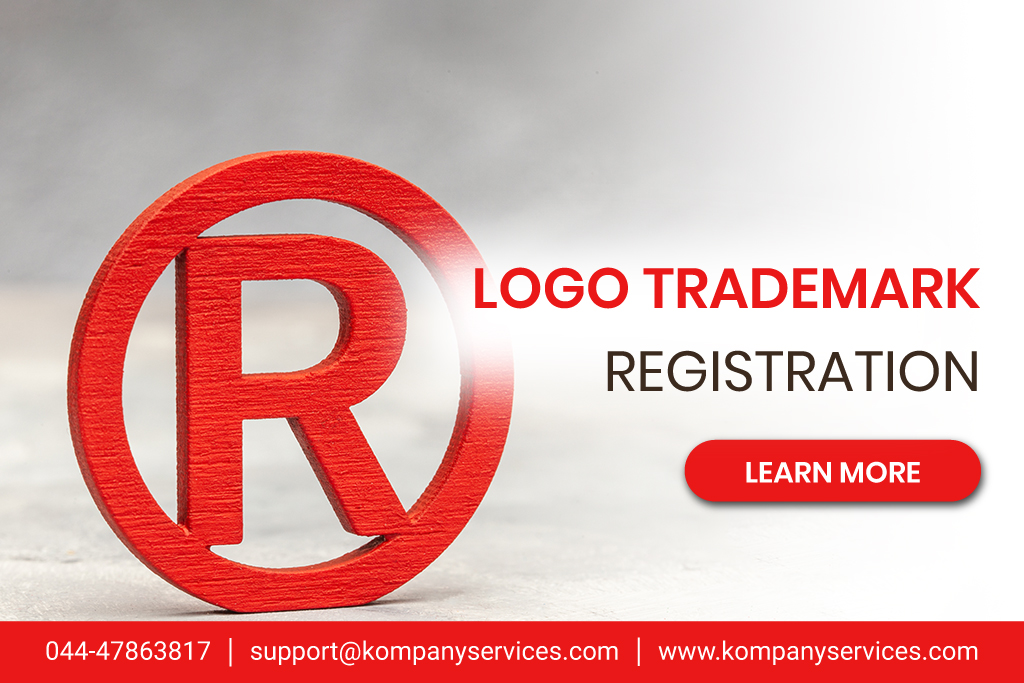Learning how to trademark a logo is a crucial step in protecting the reputation of your business. Getting a logo registered as soon as possible is highly recommended if you plan on using it for an extended period of time. Familiarity with the procedure is essential for doing it right and staying out of harm’s way. You can hire an attorney to trademark your logo for you, or you can use a specialized agency to get the job done quickly and easily. Warning: trademarking a logo will take at least six months to complete regardless of the method you choose.
What to keep in mind when trademarking a logo
- No monopoly over a generic concept can be obtained through the use of a trademark. The company name “Yellow Mangoes” is too generic to be trademarked.
- The use of your intellectual property by others in ways that are consistent with the Fair Use Doctrine is not protected by a trademark. Under fair use, the public is permitted to make noncommercial, non confusing uses of protected works such as those bearing trademarks or copyrights.
- Having your logo registered as a trademark only affords you protection in the jurisdiction in which it was originally filed. If you’ve already trademarked your logo in one nation, doing so in another won’t be too difficult. However, if you want your trademark to be protected in more than one country, you’ll need to file for it in each one separately.
- You can get trademark protection for your logo if it’s distinctive enough. The United States Patent and Trademark Office (USPTO) and other trademark offices will turn it down if it isn’t high quality and unique.
How to trademark your logo
After you have developed a distinctive logo, you might think about applying to trademark it. The process of trademarking a logo typically involves the following steps.
Where can you trademark your logo?
It’s not enough to know how to trademark a logo; you also need to decide where in cyberspace you want to do it. A logo cannot be globally trademarked in a single process. Certain countries, like the United States and Canada, require trademark registration. If you’ve already trademarked your brand in one nation and want to expand into further markets, you can do so by applying for a World Intellectual Property Organization (WIPO) trademark. Therefore, you need first decide where you will be conducting business. In most cases, protecting your trademark in one country won’t help you when it comes to infringement in a different country.
Trademark search
If you know that you want to register your trademark in the United States, for instance, you can look it up in the USPTO database. In most cases, you’ll want to look for other logos that use potentially confusingly similar wording or visual elements to your own. The Canadian Intellectual Property Office maintains a searchable database of trademark registrations. Free online databases that can be searched by country are widely available. The World Intellectual Property Organization (WIPO) also maintains the Global Brands Database, which enables simultaneous country-wide searches. The same or similar brand name and the use of the mark in connection with similar products or services, or the use of the mark in conjunction with similar visual features, could lead to consumer confusion. Conducting an effective trademark search requires expertise and experience, making it somewhat of a skill. That is why it is often advisable to seek the advice of a knowledgeable trademark lawyer who can help with doing such a search.
The Application and registration
Having finished your search, you may be ready to submit an application for a trademark in the jurisdiction(s) of your choice. Filling out our online forms and paying certain fees are required to apply for a trademark in various jurisdictions. The applicant’s name, the trademark’s name, and the goods and services being trademarked are all examples of the kinds of details that will need to be entered. Although these forms may appear straightforward, it’s usually best to have a professional trademark attorney look them over before submitting them. This is because it takes experience and training to know how to properly describe your goods and services and to be on the lookout for other common legal issues. Trademark registries often review (or “examine”) applications, perform searches for potentially confusingly similar marks, and then either grant protection, propose revisions, or object for various reasons. “Office actions” is a common term for these procedures. Rebutting office actions can range from being as easy as tweaking the wording of your product’s description to requiring extensive legal analysis and argumentation. The procedure might take months or even years to complete, and third parties may file oppositions to your application if they feel your trademark is too similar to theirs or if they began using their trademark first. You can start using the ® symbol next to your trademark logo instead of the TM symbol, which indicates that you are exercising trademark rights but have not yet registered the mark, once you receive your trademark registration certificate from the USPTO.
Safeguarding Brand Identity and Intellectual Property
Logo trademarking plays a pivotal role in offering companies with a robust prison framework and strategic benefits to protect their emblem identity and intellectual property. By securing trademark registration for their emblems, companies establish a foundation of legal protection that deters capability infringers and safeguards towards unauthorized use. This criminal protect not only grants unique rights to apply the logo but also permits organizations to put into effect those rights thru legal motion if important. Moreover, trademarked emblems serve as effective gear for enhancing logo reputation and customer trust. They represent authenticity and pleasant, putting organizations other than competition and fostering loyalty among customers. Additionally, trademarked emblems maintain considerable asset cost, as they may be leveraged for licensing agreements, collaborations, and logo extensions, thereby contributing to the overall really worth of the business. This asset fee extends beyond the immediate financial implications, as trademarked emblems represent a tangible manifestation of the logo’s popularity and goodwill within the marketplace. Furthermore, trademark registration gives possibilities for global enlargement by way of providing protection in multiple jurisdictions, facilitating market entry into new geographic regions and product categories. In essence, brand trademarking is a strategic imperative for companies looking for to enhance their logo presence, defend their investments, and capitalize on possibilities for sustained growth and achievement in an an increasing number of competitive market.
What is Logo Trademark?
A logo trademark is a unique symbol, design, or expression that distinguishes a company’s products or services from others and identifies them as originating from a specific source. It is a form of intellectual property that provides legal protection against counterfeits, copycats, and fraud, ensuring exclusive rights for the business owner. By trademarking a logo, businesses establish their brand identity, prevent confusion among consumers, and safeguard their market position. Trademark registration grants the owner the legal right to use the logo exclusively and enables them to take legal action against any unauthorized use by competitors. A company’s logo is its brand icon, essential for customer recognition. Trademarking it is crucial for protecting brand identity and credibility. Trademarks like “NIKE” and “COCA-COLA” exemplify this legal protection. Unlike copyright, which safeguards creative works, trademarks protect brand names. While trademarking a logo is recommended, it’s not always mandatory. However, the benefits outweigh the costs, as trademarking prevents unauthorized use and strengthens brand integrity.
Navigating the Trademark Process to Register a Logo
Online logo trademarking in 4 easy steps.
Step 1: Before moving forward, check to see if your logo may be legally trademarked
In order to be registered, your logo must be distinct. Stay away from stock images that you might find in other logos. The US Patent and Trademark Office (USPTO) logo registration database is a good place to start looking. See if any competing brands have previously trademarked a logo you’re considering using.
Step 2: Register your logo as your own property
Several options exist for securing the trademark status of a company logo, each with their own associated costs. Using your brand immediately is the quickest and cheapest way to secure the rights you need. The fact that it does nothing to prevent someone in another region from taking it makes this a very risky option. Logos can be registered with the Secretary of State in the state where the business is headquartered. This safeguards your intellectual property within the state, preventing other companies from using the logo without your permission. Taking the time and money to apply for a trademark with the USPTO is your most expensive alternative. For this process, you would require an attorney or professional agency to aid you with the application because the logo must be precisely stated in words understood by the USPTO. You may have also wondered if there was a way to trademark a logo without spending any money. Consider the investment time frame. Submitting an application to register a trademark and waiting for it to be processed can take many months.
Step 3: Register the trademark
If your trademark is registered with the United States Patent and Trademark Office, you have the legal right to use it throughout the country and bring legal action against anybody who infringes on it. By registering your logo, you gain the legal standing to prevent the importation of foreign products bearing your mark. For businesses and sectors plagued by knockoffs that use a logo design stolen from an established brand, this benefit is invaluable. Brands in the fashion or tech industries, for instance, might potentially restrict access to counterfeits of their goods. If you’ve already trademarked your company’s logo in the United States, you can do the same thing in other nations.
Step 4: Keep an eye on your Logo Trademark Registration.
After a successful trademark registration, you may mistakenly believe that your job is finished. To prevent any unauthorized use of your company’s emblem, it is imperative that you keep a trademark monitor constantly active. Expert lawyers are available to handle such persistent and laborious cases. Their duty is to ensure that no one is copying your logo or filing for a trademark that is confusingly similar to yours. An attorney will typically issue a cease and desist letter if infringement is discovered.
The Final Word on Logo Trademark Registration
In today’s competitive landscape, trademarking your logo is crucial. While the process can be technical and challenging, it’s essential for protecting your brand’s identity and intellectual property. Ensure your logo is original before applying for trademark registration. Contact us for professional support and logo trademark registration services in India, a strategic move for long-term success in the market.




